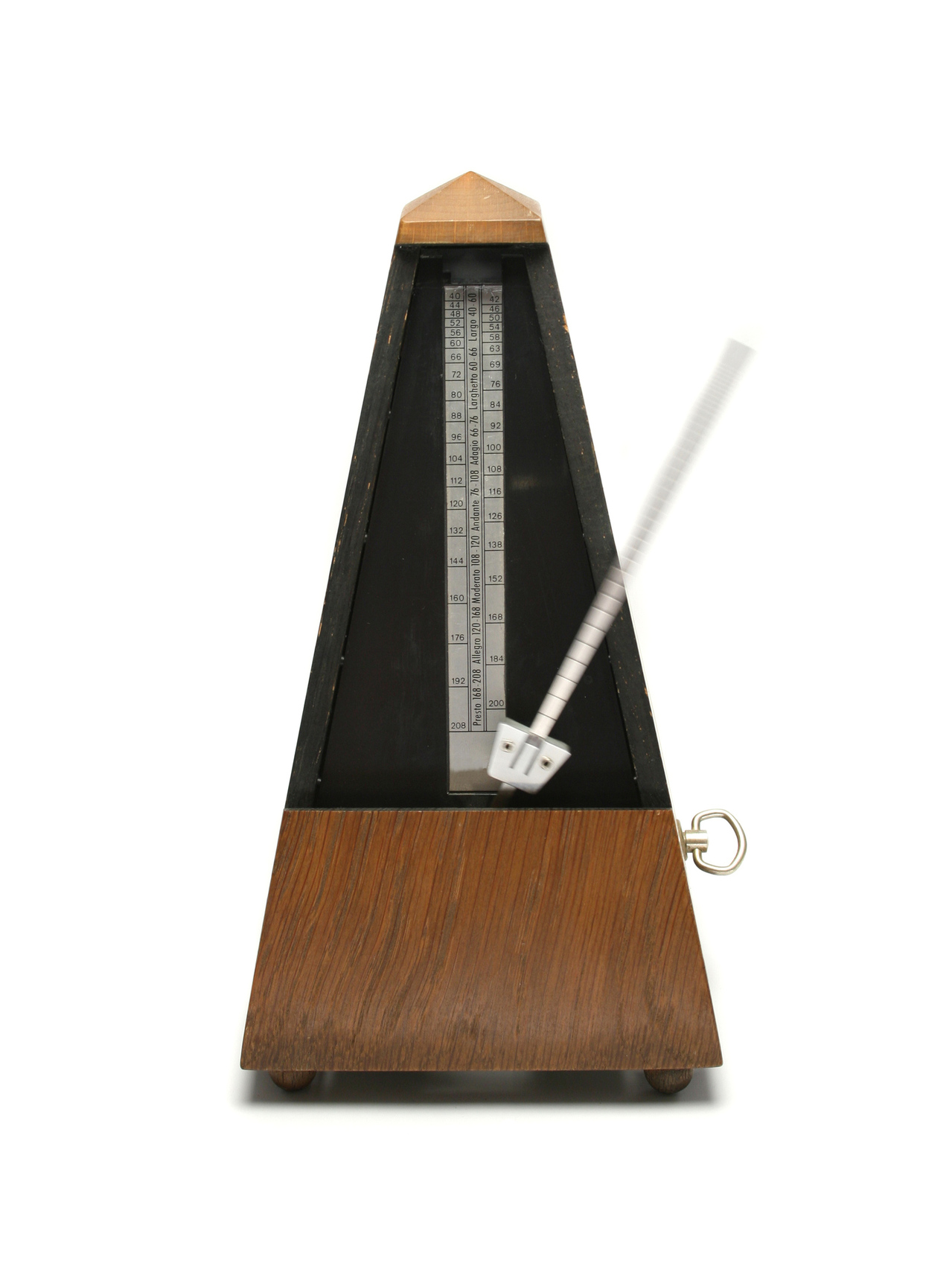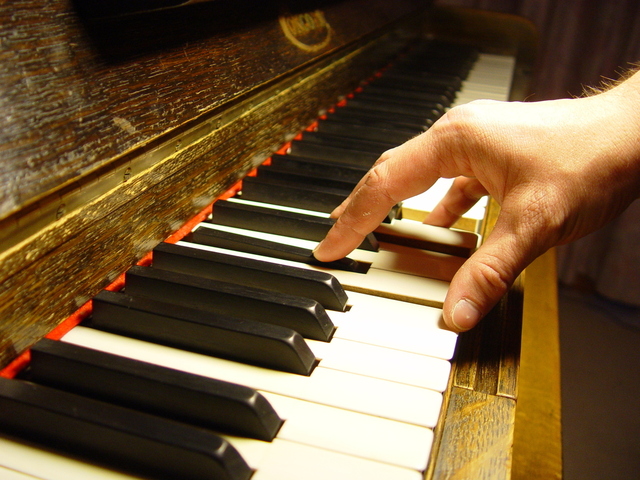Being that I’m both a professional saxophonist and a certified teacher of the Alexander Technique, my fellow saxophonists often ask me about how the Technique applies to playing their instrument.
This is actually a topic for a book that I’ve yet to write (though I have been sketching some ideas out and documenting and organizing my thoughts about it for some time now).
When playing saxophone, a moment doesn’t go by without me thinking about and applying the Alexander principles. I literally wouldn’t be able to enjoy a performing career these days without using what I’ve learned.
The Alexander Technique has not only helped me address certain physical problems I was having as a saxophonist, but also, has given me a failsafe method for improving the efficiency of how I practice saxophone (even how I approach improvisation). By looking through the lens of the Alexander principles, I’m able to gain a clear idea of why something works, or why it doesn’t.
Some time back, I was asked by Doron Orenstein, the Webmaster of the highly popular Best.Saxophone.Website.Ever, to participate in a multimedia educational product he was developing for saxophonists. When he told me who the other contributors were, I felt honored to be asked, to say the least.
I would be in some heavy company in this project, contributing my knowledge and experience alongside that of such saxophone superstars as Walt Weiskopf and Rick Margitza, et.al.
The product is called Bulletproof Saxophone Playing, and I’m very pleased with how it turned out. The format is essentially a series of interviews (eBook and audio format) with six different (and highly diverse) saxophonists about such things as technique, tone production, breathing (I had lots to say about this!), articulation, embouchure (both the external and internal embouchure), equipment, practice routines, trouble shooting, and so much more.
Besides having a fine panel of experts, what makes the whole thing really practical is that the interviewer (Doron) asks such thoughtful, essential and insightful questions. He also does something many interviewers don’t do: He actually listens with genuine curiosity and interest to his subject.
In interviewing me, Doron covers what I consider to be some of the most fundamental points about how the Alexander Technique can help improve your saxophone playing: recognizing postural and movement habits; the importance of head/neck balance (and how the jaw and tongue need to be free to work together); and how breathing actually works (in contrast to all the mythology passed on from teacher to student about this crucial subject).
And of course, the input from the other contributors is great. I’ve learned lots from exploring the ideas and suggestions of the five other saxophonists.
I virtually never address saxophone issues here on my blog, as I aim at finding ways to help musicians in general, and improvising musicians in particular. Yet all of my teaching, whether saxophone pedagogy, improvisation, or practice coaching, is always done through the principles of natural coordination that are the cornerstone of the Alexander Technique.
So I’m pleased to be able to offer some of my saxophone-specific thoughts for those saxophonists curious about the Technique. And the fact that I’m in the company of giants, makes me recommend Bulletproof Saxophone Playing with great enthusiasm. Click on the banner below to learn more.



